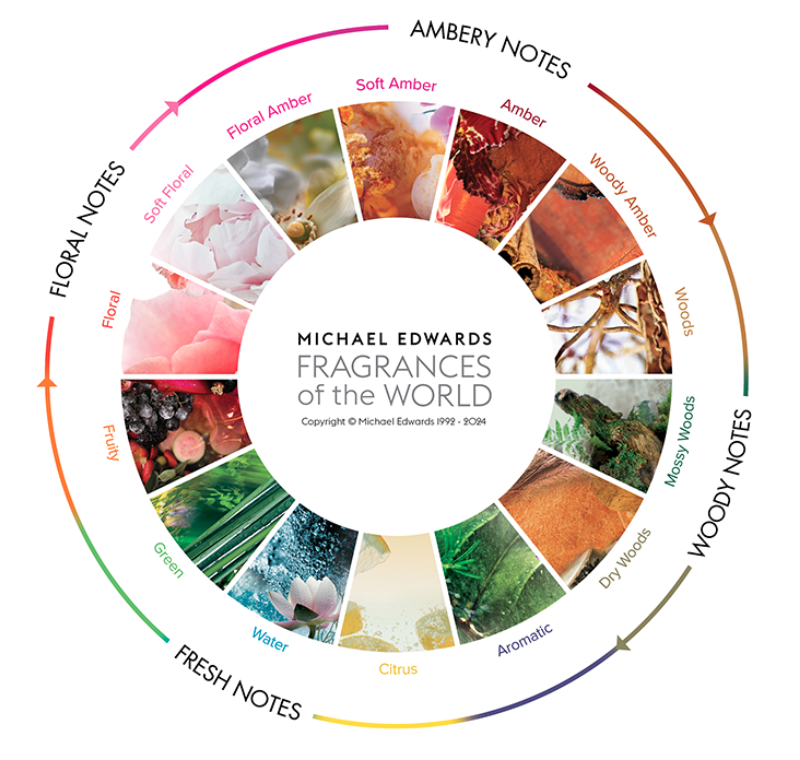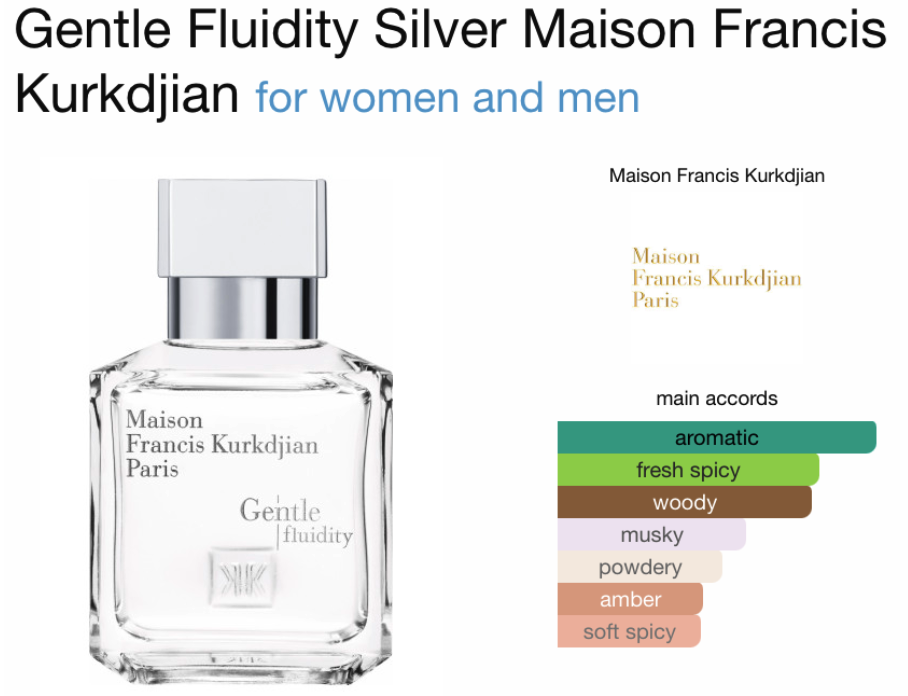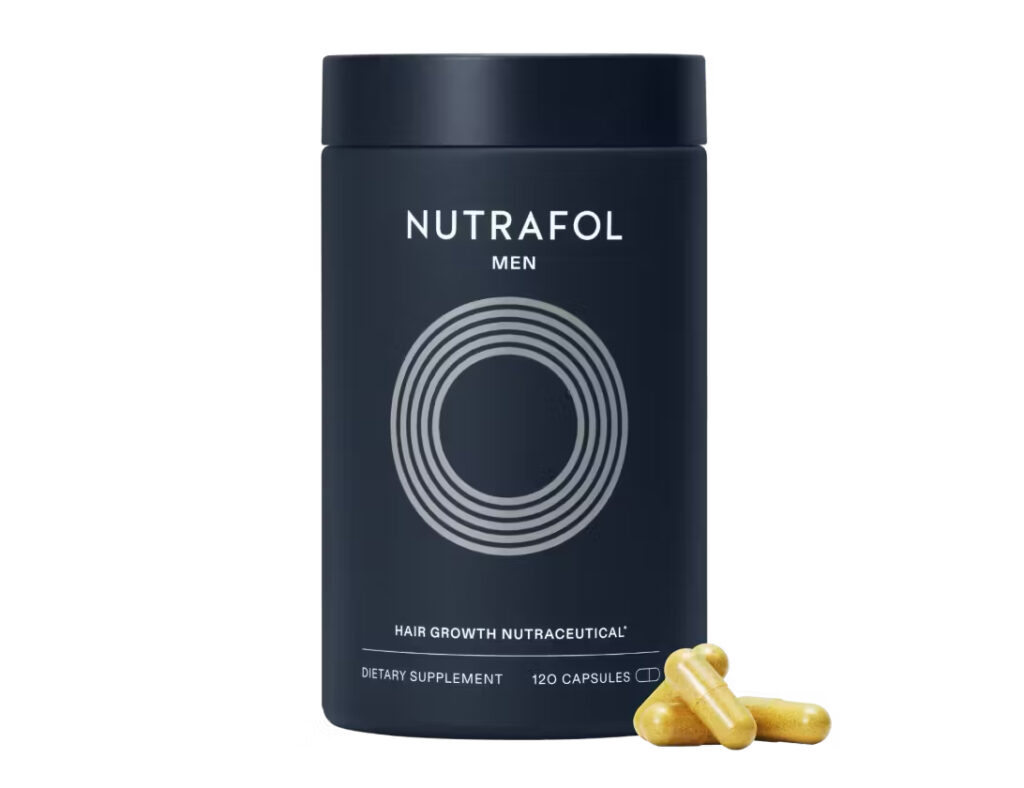ADVERTISEMENT


Scent Classification, Explained: How Fragrance Families Work (and Make it Easier to Shop for Cologne)
The fragrance industry uses classifications (called fragrance families) to help consumers make informed purchases. Understanding this system will surely help you find the perfect cologne for any given occasion.
November 05, 2024
Thank you for using our links to make your purchases. All products featured are selected for editorial purposes, and are not sponsored placements. Any purchases made with our links may help us earn an affiliate commission, including but not limited to Amazon’s Associate Program. If possible, please prioritize brands’ own websites when they are provided by us.
There are a few ways to classify fragrances, and sorting them into “fragrance families” is a primary system that benefits marketers and customers alike; it’s a terrific way for brands to convey a fragrance’s “essence” (like a scent with watery, marine-like notes might have a commercial featuring a sailboat), and this same messaging and labeling helps you as a consumer to find a scent based on your intent—whether it’s going to be your new signature scent, a seasonal pick, a date-night staple, etc.
Before I dive into fragrance families, I want to call out the other most common way to classify fragrances—and one that is imperative to understand if you want to shop smarter for scents. Basically, a weaker-performing scent is labeled Eau Fraiche or an Eau de Cologne (both of which have trace amounts of perfume oils used in their formulas, so the scent evaporates quickly). Then, in increasing order, there are Eau de Toilettes, Eau de Parfums, and Parfums, and the higher concentration you get, the better performance (projection and longevity) you’ll also get from the scent. In theory, of course.
Fragrance Classification and Its Benefits to You
The most popular system in play right now comes from fragrance industry vet Michael Edwards (at Fragrances of the World), whose Fragrance Wheel helps “place” any scent based on which of its many notes is most definitive, or what its total collection of notes is expressing. On this wheel there are four primary categories—Fresh, Floral, Ambery, Woody—with 14 other categories that exist within those. Here’s what the wheel looks like in its most recent state (they do make updates periodically based on verbiage changes or marketing trends):
Fragrance Families: How the Fragrance Wheel Works
In the big picture, those four “umbrella” families—fresh, floral, ambery, woody—are an easy way to prescribe seasonality or intention to a scent. Something fresh will invigorate and feels summer or springlike. Florals as well, perhaps favoring more feminine expressions. Ambery accords tend to lean masculine, but there are many exceptions (same with florals for men), and many ambery accords favor colder weather and cozy nights.
Then, Woody is probably the biggest category of traditional men’s scents, because notes like vetiver, cedar, sandalwood, oud, and more are common bases in these formulas; they play such an anchoring and long-lasting role compared to other notes that dissipate quickly upon application. I’d say that Woody notes are your best option for signature scents, too, at least of these four bigger umbrella categories.
The Newsletter: Subscribe to Blue Print by Adam Hurly
The best grooming gadgets, new products, gift guides, and game-changing advice—all inside our free newsletter. (Plus occasional big-ticket giveaways, too!)
How Fragrance Classification Benefits You
It’s important to know what Fragrance Family a potential purchase falls under, because it’s not something you can tell by looking at a scent’s roster of notes. Two fragrances could have the exact same notes—let’s say, yuzu lemon + rose + lavender + vetiver + musk—and could be placed in entirely different families based on the concentration and layering of each.
The layering refers to where the notes fall in the molecular order of things—the top, heart, and base. Top notes are what you experience right away, and often influence your opinion on first huff (while shopping). Thus, understanding the classification and how the scent dries down is extremely important. (Again, I explain more about note layers as well as things like perfume concentration, in my fragrance buying guide.)
Consider again that imagined roster of notes, and how the same list produces a unique expression from one fragrance to the other: One scent could be classified as Citrus Aromatic if the lemon, lavender, and musk pull the most weight (and vetiver quieted) but the other could be classified as pure Woody if the vetiver is especially forward and the others are much more supportive in nature.
Classification in Perfumer Marketing
Scent Families
In general, the marketing of a scent will often indicate the Fragrance Family for you, although I’m about 50/50 on how accurate these campaigns highlight the ingredients. Usually, half the notes it’s promoting aren’t strong enough for the common nose to ascertain, while one or two take the front seat and command the nose (often misleadingly so in the top notes of the scent, while the bottom notes might provide a totally different experience; whether those notes are advertised prominently is a flip of the coin).
Also, it’s the overall recipe that dictates how a fragrance is classified, and—I can’t say this enough—the actual list of key notes may be misleading. These expert perfumers can make magic with a roster of raw materials, and I know a lot of them end up confused by how a scent is marketed, too.
ADVERTISEMENT

Try Online Fragrance Channels
The smartest way to use this awareness of Fragrance Families, in my opinion, is to visit an encyclopedic fragrance site like Fragrantica (my favorite). Go to any scent’s landing page, and you’ll see a list of 1-8 classifications based on how the site’s well-versed users perceive that scent.
On Fragrantica, these user classifications are just “main accords”; while it’s not an official classification, it is a more informed understanding of which notes pop out most, uh, notably. A scent marketed as aromatic (think herbs, lavender, fresh spring air) might actually project as powdery (think iris, violet, heliotrope), and Fragrantica is where you’ll get a better “review” of this expression from really enthusiastic perfume lovers. (Side note: unlike aromatic scents, powders can be very polarizing, so this informal communal classification would be a nice thing to know before investing hundreds of dollars in a fragrance.)
You’ll notice that these main accord classifications on Fragrantica go beyond the official Fragrance Wheel classifications, too. For that reason, don’t stay too married to the 14 official “families”; instead, use Michael Edwards’ wheel as a guidepost for your understanding of these things. I find it much easier to be fast and loose with “Families”, since I think something super gourmand (with seemingly edible notes like vanilla or chocolate) merits its own classification. Heck, even vanilla on its own deserves its own corner. Same with fougères (ferny notes, kind of woody and green), patchouli (woody yes, but so specific), plus leather, smoke and more.
Yes, you could find a home on Edwards’ wheel for each of these accords, but I think the broader understanding of families you have, the better. Side note: You can also use both Fragrances of the World and Fragrantica as discovery tools, by clicking around to see scents based on their classifications and, in Fragrantica’s case, based on their very useful reviews and scoring system.
And now that you’re armed with this, why not hop over to check out my picks for the best signature scents. But don’t forget to finish your assigned reading either: How to Find the Best Cologne (For You)—aka how to shop smarter and find something truly unique and personal.
ADVERTISEMENT








